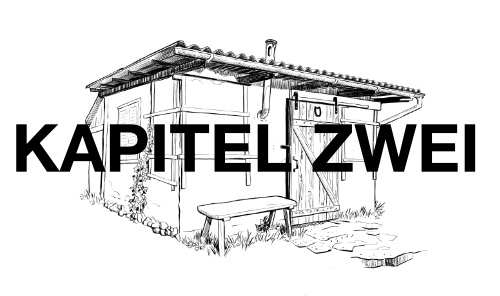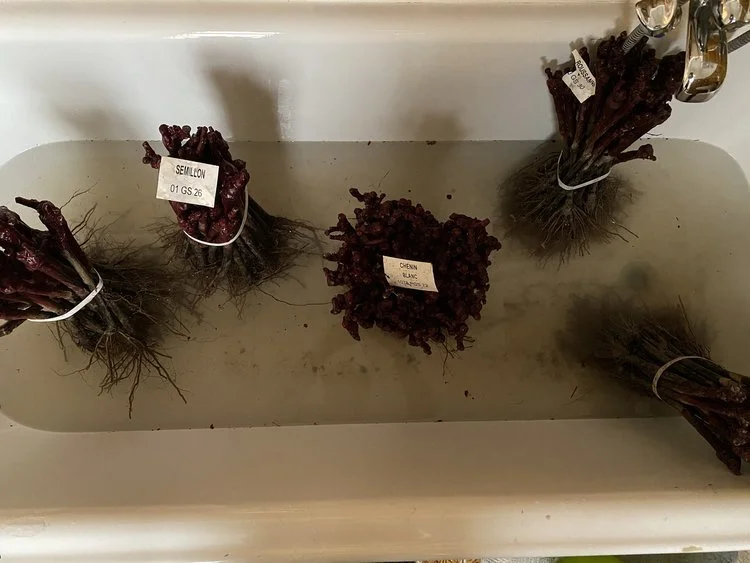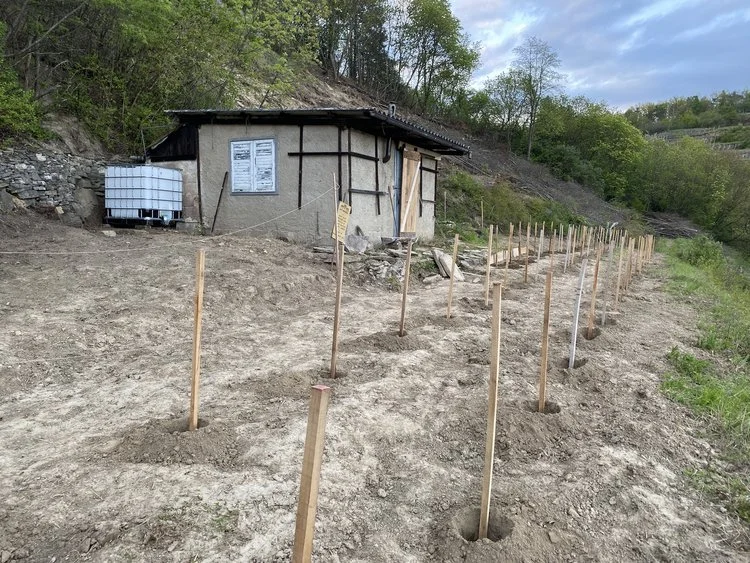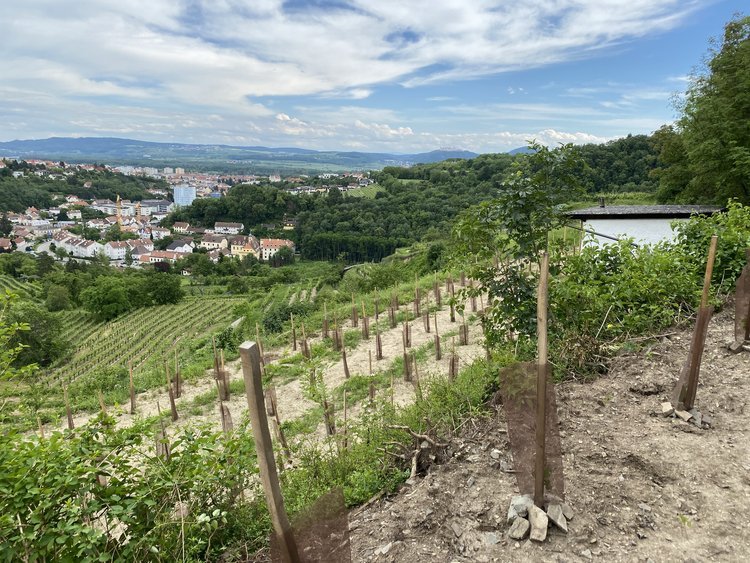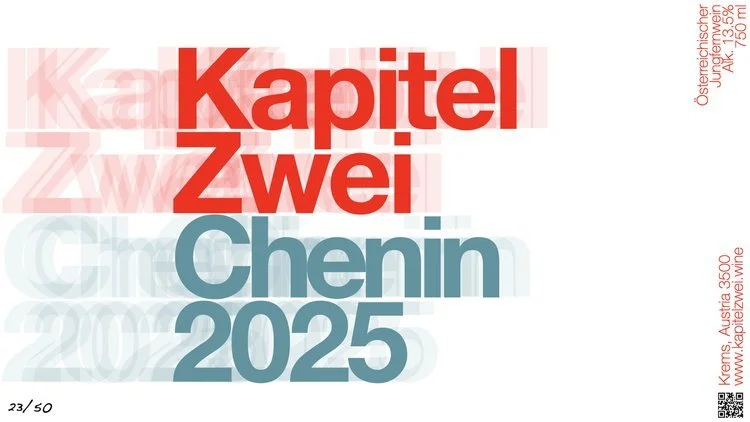200 Vines Planted and New Labels
As I think back to the past 60 days my head and muscles have a little memory ache.
In summary, the past 60 days have been very busy:
200 vines arrived from France, including 100 Chenin Blanc, 50 Roussanne and 50 Sémillon. A little science knowledge for you…the vines are actually a grafting of two plant species — the grape varietal (vitis vinifera) with the American rootstocks (vitis berlandieri, vitis rupestris, vitis riparia). This is necessary due to an ugly yellow bug called phylloxera that wiped out most vines in Europe more than 100 years ago. It can still infect vines today, but thankfully, the American rootstocks are resistant.
200 holes were dug over two long weekends using a battery powered auger (batteries are charged with a Jackery 1500, which is recharged using solar panels)
200 vines were planted in less than four hours on a wet and damp Saturday morning using 2 meter tall (6 feet) wooden stakes for support. The vines are then bound to the stakes and covered with the biodegradable nets. The nets will remain on until the vines grow above them.
Here is a brief photo timeline:
April 29th - “The Arrival” - After the long trip from France the rootstocks were treated to a cool bath where I also clipped the roots about 4 cm shorter to trigger them to start sucking up water again since they were shipped in dry bags — it basically a day spa for the plants.
April 30th - “The Great Vine Dig of 22’” - After much debate between using wood, fiberglass or iron, I chose acacia wood poles to support the stability of each vine. Why? Well fiberglass, while being robust and lighter to carry can give nasty splinters and it’s not exactly eco-friendly. Iron is super heavy to carry up in the vineyard, which is 300 meters above sea level, and the thought of rusting metal on the vines doesn’t sound appealing — minerality is good, “metality” not so much. The acacia comes from Germany and is sustainably grown. I also considered bamboo, but it’s flown in from Asia. Being sustainable is not easy.
May 8th - “We have a vineyard” - Here is the vineyard post planting. Each row is numbered, so I know what is planted and where. The higher plots have the Roussanne, which tends to like stoney soil common in France’s Rhône Valley, and Sémillon is planted in clay. I also put stones around both of them, which will retain moisture and heat from the sun during the day. The Chenin Blanc is on the main level in long rows of 30. By the time you read this most of the vines will be around 30-40 cm (1-1.5 feet) high, which is great progress.
New Label Design
I would like to give you a sneak preview of the new label designs. One little piece of the design is still missing as I wait for the art to be finished, but as we know in agile thinking, better to get feedback during the design process than only at the end.
So here goes nothing…
Okay, so what do you think? Please send your thoughts via email.
A few things in particular I would like to know:
The story behind the blur effect in the background is based on one of my other passions - photography. One of the thrills I had at IBM Research was taking photos for all of our announcements and blogs (I took this photo of the world’s smallest computer on a pile of salt, which went viral). Anyway, when you manually focus a Leica M camera you are “matching two overlapping images by turning the lens, and when they are on top of each other, the image is in focus”. This is an abstract of that same concept. But the question is, do you find it distracting?
“Chenin Blanc” is too large for the design, so the question is, if only “Chenin” is on the label, will consumers get that it’s “Chenin Blanc”? It’s the only grape with “Chenin” in its name.
For the non-German speakers, I had some fun with the German character for “ss”, which is the “ß” - it’s called an eszett. Aßuming you don’t know this, will a non-German speaker still be able to understand that the varietal is “Roussanne”?
Other details: the numbers in the bottom left corner will be hand written to show the bottle number and quantity and the right side text is legally required. The QR code will link to a wine fact sheet (under development) with all of the details about the harvest and the organic and sustainability practices used for producing the vintage.
For more frequent updates I often post to Twitter or Instagram. Also, you can now find the vineyard on FourSquare and Apple Maps (note: they translated Kapitel Zwei to English)
Cheers, Chris
